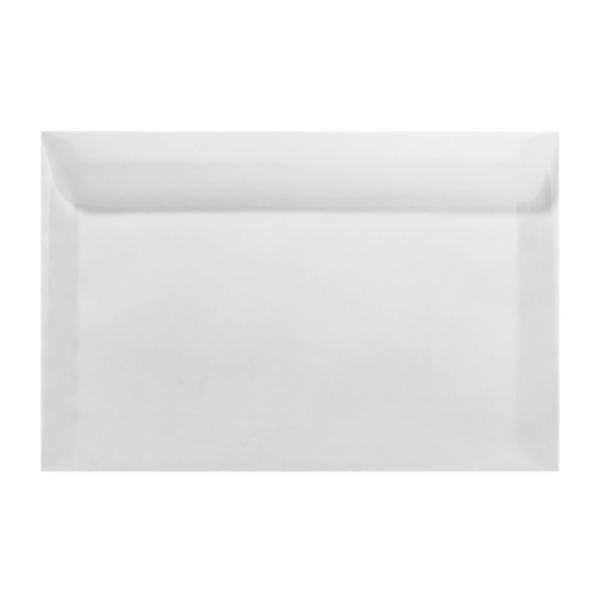

This seems to look better exposed a bit longer. I usually print this negative at 4-1/2 minutes on heavier double coated paper. One was for 4-1/2 minutes and the other two were for 5. I made three exposures of the same negative.

Clearfold translucent paper update#
Thought I would give an update on my first try. Let us know how your experiments progress! Ok, those are VERY random tidbits of information. Then I tried some random drafting vellum (relatively cheap) from Charrette, and it worked beautifully. When I was doing inkjet prints on vellum for an artist's book project, I tried the "ink jet vellum" they sell at Flax (NYC) and it was awful. I bet coating the paper with some kind of binder (like the egg formula for albumin printing) might be helpful. I wonder if sizing with starch would help? Chemistry is not my strong suit, but I wonder if there's something you can add to the cyanotype chemicals to mimic this. These are a kind of printing ink that changes from wet to dry quickly when in contact with atmospheric oxygen. In the specs for printers in the swatchbooks for these papers, it says that "fully-oxidizing" inks will work better. It has a slightly rougher surface, and, though it's still very non-porous, it feels like it might give the cyanotype chemicals a fighting chance for adhering. CTI Virtual is actually made with vegetable fiber rather than synthetic fiber, and for some reason I feel like that might work better. Look for: Gilbert Gilclear, Gilbert Clearfold, Neenah UV Ultra, Curious Transparents, CTI Glama Natural or CTI Virtual.

They at least shouldn't curl as much, and some will come in heavier weights that are still transparent. If you can find any of these in small quantities (on the web, at an art supply store or from a graphic designer friend who can order samples for you) they might work better. There are several paper mills that manufacture vellums for commercial printing (i.e., offset lithography). Maybe there's a helpful nugget in here somewhere: Here are some rather random thoughts I had. I haven't tried this either, though I have tried printing cyanotypes on lots of difficult/unsuitable papers.


 0 kommentar(er)
0 kommentar(er)
